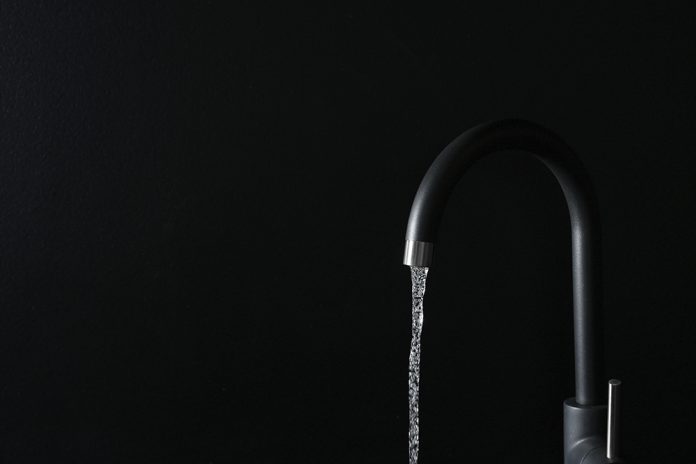Water companies are under increasing pressure to maintain the quality of water abstracted from the environment for use in clean water networks. Lila Thompson, chief executive, British Water, outlines the expectations up to 2030 and beyond.
Water sources are under threat from environmental factors such as pollution, climate change and population growth and more stringent regulations are on the horizon across the UK and the rest of Europe, to protect water bodies and the environment.
The water sector cannot afford to rest on its laurels and the Water Industry Strategic Environmental Requirements (WISER) technical document, published in May 2022, details the statutory and non-statutory expectations for the price review period 2025 to 2030 (PR24) and beyond.
WISER sets out the three main objectives the Environment Agency and Natural England expect water companies to achieve:
- A thriving natural environment
- Expected performance and compliance
- Resilience for the environment and customers
When it comes to clean water networks the document states: “Water companies must put actions in place to avoid deterioration in water abstracted for supply, which could lead to the need for additional treatment.
“Catchment actions to reduce pollution reaching water abstractions from surface waters or groundwater can be used. Water companies can put in place actions to reduce the levels of treatment over time.”
The water industry is continually working to ensure potential contaminants – including microbiological contaminants such as cryptosporidium, and ever-increasing volumes of microplastics – do not enter the network. Tackling these issues at the treatment works can be very energy intensive, which increases costs and carbon emissions at a time when the sector is racing towards net zero.
It is vital that the sector works in close collaboration with the supplier community to understand what is happening across the water cycle – from abstraction to tap – to mitigate and address any potential issues as early as possible.
The scale of the challenge means continuous research, innovation, and investment are needed, so it is heartening to see so much significant work already taking place.
According to the DWI, compliance with the drinking water regulations in England and Wales is around 99.95%, so while failures across the network may be rare, when they do happen, they risk water loss, discolouration, and potentially, contamination of supplies. This can impact not only cost and customer satisfaction, but public health and corporate reputations.
The use of sensors and distributed network modelling to provide a consolidated view of leakage operations can also help utilities meet water quality performance indicators.
By integrating smart meter data and continuous flow alarms, and using innovative artificial intelligence (AI) and internet of things (IoT) technologies, they can continually improve leak detection and prevent trunk main bursts, as well as validating and strengthening reporting.
The supply chain is already working closely with water companies to implement innovative technologies that can be used at all stages of the asset cycle, enabling water companies to make key business decisions based on hard data. This valuable work can only be expected to gather pace in the next asset management period 2025-30 (AMP8) and suppliers are ready to meet the challenge.



